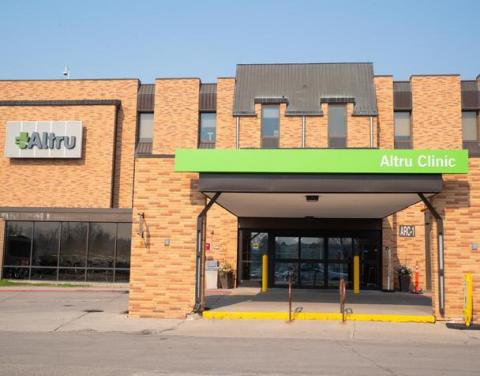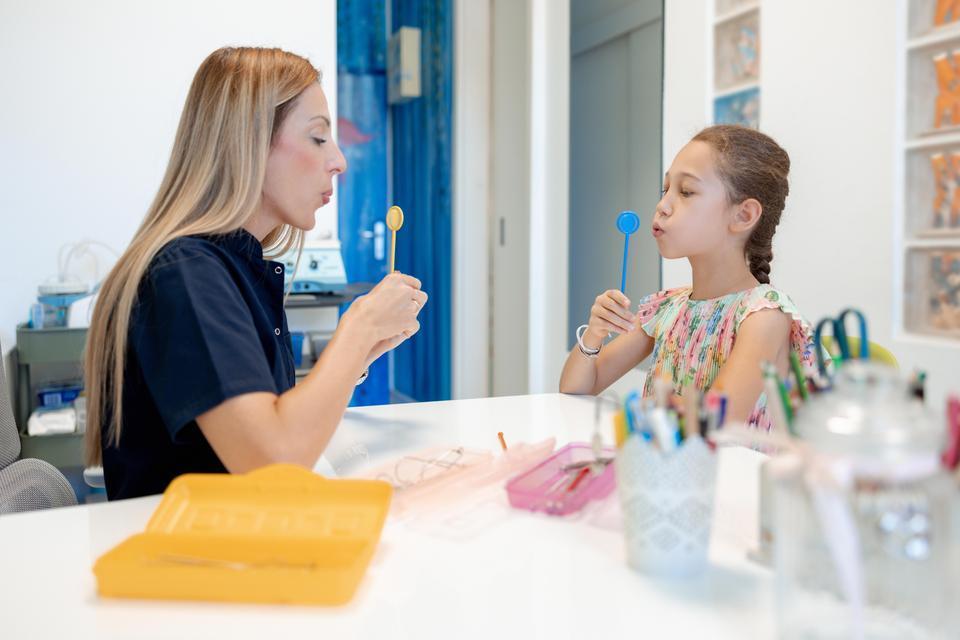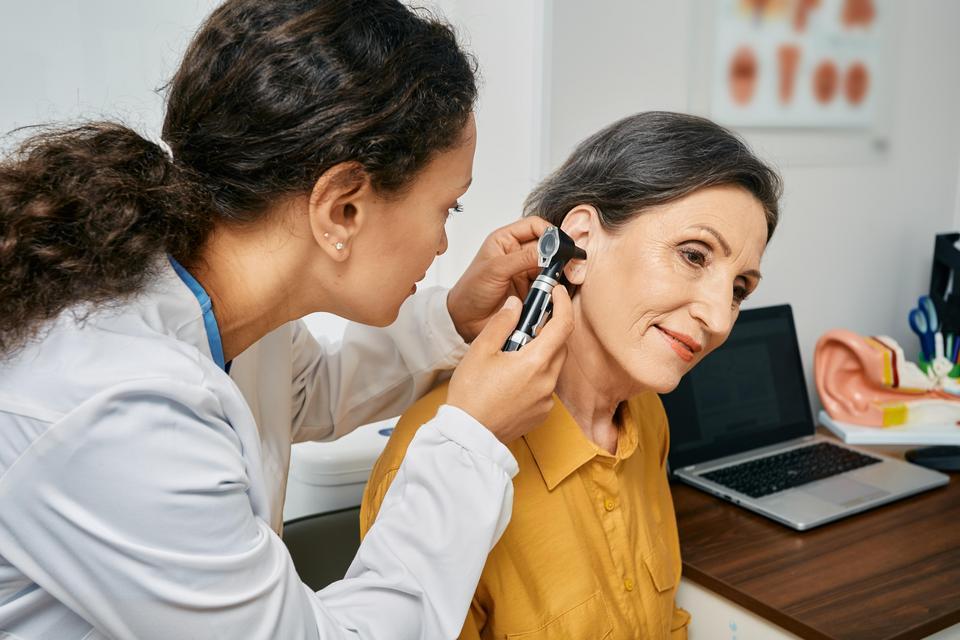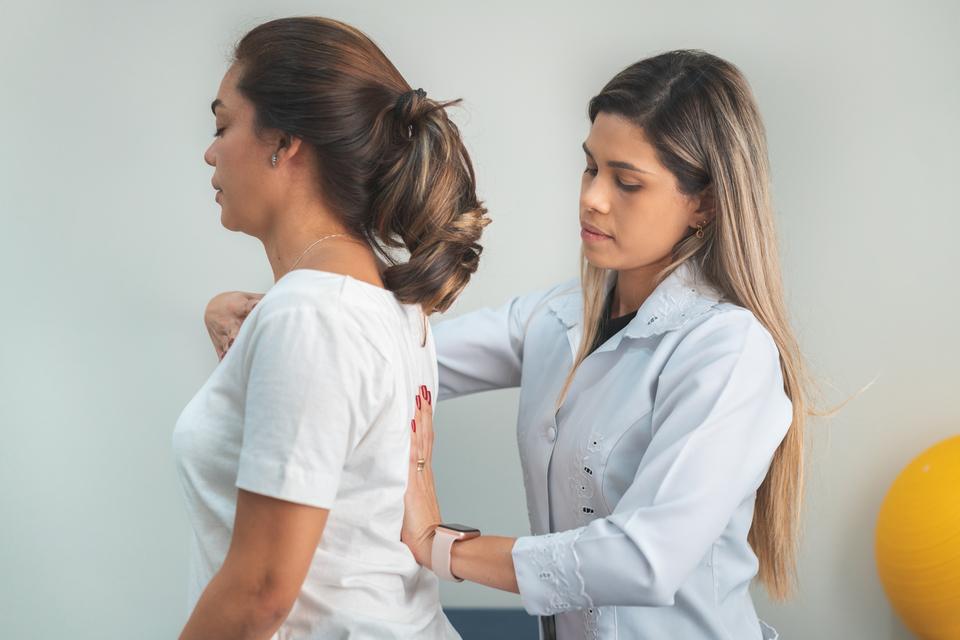Every 40 seconds, someone in the United States has a stroke. It is the fourth leading cause of death and the leading cause of adult disability. A stroke strikes FAST, and you should too. Responding quickly can save lives. Stroke is an emergency! It’s important to learn stroke warning signs and how to respond to them.
If you think you are having a stroke, call 911 immediately.
Stroke Definition
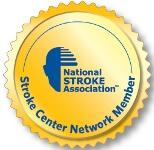
Stroke is a brain injury caused by an interruption in blood flow. Brain tissue that does not get oxygen and nutrients from blood can die within minutes. The damage to the brain can cause a sudden loss in bodily functions. The types of function that are affected will depend on the part of the brain that is damaged.
There are two blood flow problems that cause a stroke. Strokes may be ischemic or hemorrhagic.
- An ischemic stroke is caused by a blocked blood vessel. It is the most common cause of stroke.
- A hemorrhagic stroke is caused by a ruptured blood vessel.
An ischemic stroke occurs when something stops the flow of blood. It may be a buildup or swelling of the walls of the blood vessels and/or something in the blood that becomes stuck in the blood vessel. A blockage in a small blood vessel will affect a smaller area of the brain. A blockage in larger blood vessels can block the flow of blood to several smaller blood vessels, leading to more brain damage.
The blockage may be the result of one or more of the following:
- Atherosclerosis—a build-up of fatty substances along the inner lining of the artery that gradually decrease the area the blood can flow through
- A blood clot that has traveled from other parts of the body, such as the neck or heart
- Inflammation of the blood vessels
Certain factors increase your risk of stroke but cannot be changed, such as:
- Race: People of African American, Hispanic or Asian/Pacific Islander descent are at increased risk.
- Age: Older than 55 years of age
- Family history of stroke
Other factors that may increase your risk can be changed such as:
- Drug abuse from cocaine, amphetamines or heroin use
- Smoking
- Physical inactivity
Certain medical conditions can increase your risk of stroke. Management or prevention of these conditions can significantly decrease your stroke risk:
- High blood pressure
- High cholesterol levels—specifically high-LDL bad cholesterol
- Obesity and metabolic syndrome
- High blood homocysteine level
- Atherosclerosis
- Diabetes mellitus or impaired glucose tolerance
- Atrial fibrillation
- Blood disorders, such as sickle cell disease and polycythemia
- Disease of heart valves, such as mitral stenosis
- Prior stroke or cardiovascular disease, such as heart attack
- Peripheral artery disease
- Transient ischemic attack (TIA) - a warning stroke with stroke-like symptoms that go away shortly after they appear
- Conditions that increase your risk of blood clots, such as cancer or certain autoimmune diseases
- Migraine with aura
- Having a blood vessel abnormality
Risk factors specific to women include:
- Previous pre-eclampsia
- Use of birth control pills, especially if you are over 35 years old and smoke
- Long-term use of hormone replacement therapy
- Menopause
- Pregnancy - due to increased risk of blood clots
Symptoms occur suddenly. Exact symptoms will depend on the part of the brain affected. Rapid treatment is important to decrease the amount of brain damage. Brain tissue without blood flow dies quickly.
Call for emergency medical services right away if you notice any of the following sudden symptoms:
- Weakness or numbness of face, arm, or leg, especially on one side of the body
- Confusion
- Trouble speaking or understanding
- Trouble seeing in one or both eyes
- Lightheadedness, trouble walking, loss of balance or coordination
- Severe headache with no known cause
Diagnosis
A physical exam will be done to look for muscle weakness, visual and speech problems, and movement difficulty. If possible, you will be asked about your symptoms and medical history.
Images may be taken of your bodily structures. This can be done with:
- CT scan
- MRI scan
- Magnetic resonance angiography (MRA)
- CT angiogram (CTA)
- Doppler ultrasound
Blood tests can also help determine if there is a bleeding problem.
Treatment
Immediate treatment is needed to open the blocked blood vessel. This should restore blood flow to the brain tissue and stop further damage.
Treatment after immediate care will aim to:
- Reduce the chance of later strokes
- Improve function affected by the stroke
- Overcome disabilities
Supportive care may also include:
- Oxygen therapy
- Precautions to prevent choking
Due to COVID-19, the stroke survivor group has been put on hold.
Certain patients will receive a group of drugs called thrombolytics. These medications can rapidly dissolve blood clots. They are often given by IV but can be delivered directly to the arteries where the blood clot is. These medications need to be given within hours after the start of symptoms to be effective. That is why it is important to get medical help right away if stroke symptoms develop.
Aspirin and other medications that decrease the risk of blood clot formation may be recommended after immediate care. These medications may prevent future strokes.
To help manage other health issues and decrease the risk of future strokes, your doctor may recommend medication to:
- Decrease blood pressure
- Correct irregular heart rhythms
A surgery may be done to allow blood flow back into the affected area, such as:
- Extracranial/intracranial bypass—blood vessel from the scalp is used to reroute blood supply around the blocked artery.
- Embolectomy—a catheter is threaded through blood vessels to the clot. It can remove the clot or deliver clot-dissolving medication directly to the area.
A stroke can cause swelling in the brain. A decompressive surgery, such as craniotomy, may be needed to relieve the pressure in the brain to prevent damage.
Other surgeries may be performed following a stroke to prevent a recurrence. These surgical options include:
- Carotid endarterectomy (CEA)—fatty deposits are removed from major arteries in the neck.
- Carotid angioplasty and stenting—a procedure to widen and support the major artery in the neck with a mesh tube. The procedure will help open the artery and allow better blood flow.
If brain tissue was damaged, rehabilitation can be an important part of your recovery. Rehabilitation may include:
- Physical therapy—to regain as much movement as possible
- Occupational therapy—to assist in everyday tasks and self care
- Speech therapy—to improve swallowing and speech challenges
- Psychological therapy—to improve mood and decrease depression
Many of the risk factors for stroke can be changed. Lifestyle changes that can help reduce your chance of getting a stroke include:
- Exercise regularly.
- Eat more fruits, vegetables and whole grains. Limit dietary salt and fat.
- Stop smoking.
- Increase your consumption of fish.
- Drink alcohol only in moderation: no more than 1-2 drinks per day.
- Maintain a healthy weight.
- Check blood pressure frequently. Follow your doctor's recommendations for keeping it in a safe range.
- Take a low dose of aspirin if your doctor says it is safe.
- Keep chronic medical conditions under control. This includes high cholesterol and diabetes.
- Seek medical care if you have symptoms of a stroke, even if symptoms stop.
- If you abuse drugs, talk to your doctor about rehabilitation programs.



